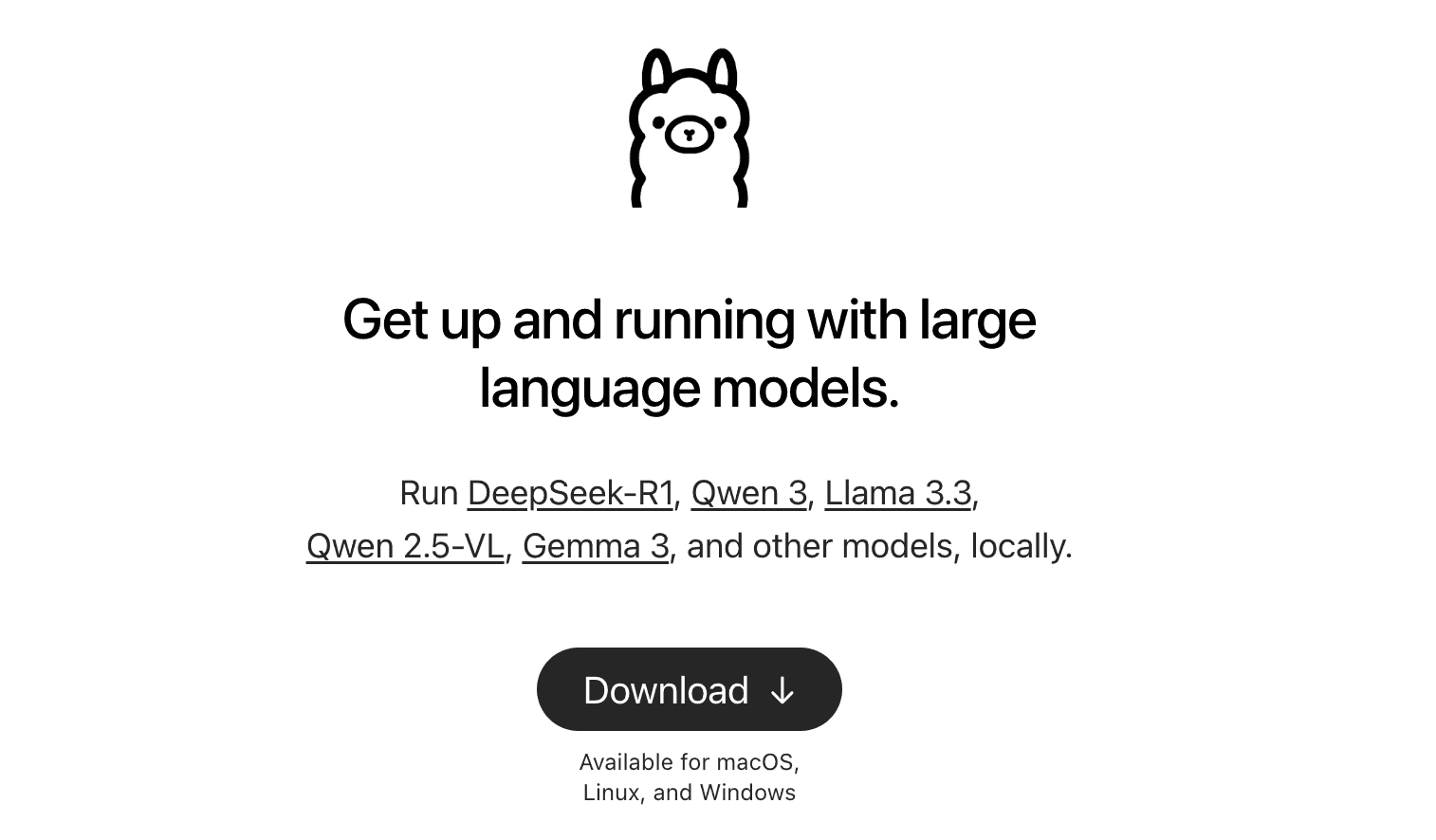What's Chroma?
Chroma is the open-source search and retrieval database for AI applications. It is commonly used in semantic search, retrieval-augmented generation (RAG), and similarity-based retrieval in machine learning workflows.

Here is the example code generated by Deepseek; it outlines 4 steps to use Chroma:
import chromadb
# 1, Create a Chroma Client
client = chromadb.Client()
# 2, Create a collection (like a table)
collection = client.create_collection("documents")
# 3, Add embeddings and metadata
collection.add(
documents=["The sky is blue.", "The grass is green."],
metadatas=[{"source": "nature"}, {"source": "nature"}],
ids=["id1", "id2"]
)
# 4, Query for similar items
results = collection.query(
query_texts=["What color is nature?"],
n_results=1
)
print(results)Step1, Create a Chroma Client
There are mainly 3 kinds of Chorma Client:
- In-Memory Client: Ideal for testing, quick experiments, or when you don't need data persistence. Data is lost when the program ends.
- Persistent Client: Stores your data on disk, so it's saved between sessions. This is suitable for local development or smaller-scale applications where you manage the data directly on your machine.
- HTTP Client (Client-Server Mode): Connects to a separate Chroma server process. This is the most scalable and production-ready option, allowing your application to interact with a remote or horizontally scaled ChromaDB instance.
1, In-memory ephemeral client (for testing or simple use):
import chromadb
client = chromadb.Client()
2, Persistent client (stores data on disk):
import chromadb
client = chromadb.PersistentClient(path="/path/to/save/to")
If you create a chromadb.PersistentClient pointing to a path that already contains existing data, the client will load and use the existing database stored at that location rather than overwriting or deleting it.
3, HTTP client (connects to a separate Chroma server):
import chromadb
client = chromadb.HttpClient(host="localhost", port=8000)
Step2, Creat a Collection
Collections are where you'll store your embeddings, documents, and any additional metadata. Collections index your embeddings and documents, and enable efficient retrieval and filtering. You can create a collection with a name:
collection = chroma_client.create_collection(name="my_collection")Often, you'll want to create a collection if it doesn't exist, but retrieve it if it does. This prevents errors if you run your code multiple times. Use get_or_create_collection() for this:
collection = chroma_client.get_or_create_collection(name="my_collection")You can also set the Metadata for the collection:
collection = client.get_or_create_collection(
name="my_collection",
metadata={"description": "my test collection"}
)Step3, Add Text Documents to the Collection
Chroma works with lists of strings (your text documents), optional metadata for each document (as a dictionary), and unique IDs for each document. Chroma will automatically handle tokenization and embedding if you don't provide pre-computed embeddings.
documents_to_add = [
"This is the first document about nature.",
"The second document discusses technology advancements.",
"A third document explores historical events.",
"This is a document about plants and animals."
]
metadatas = [
{"source": "nature_blog", "category": "nature"},
{"source": "tech_news", "category": "technology"},
{"source": "history_book", "category": "history"},
{"source": "nature_magazine", "category": "nature"}
]
ids_to_add = ["doc1", "doc2", "doc3", "doc4"]
# Add Documents to the Collection: Use the add() method of your collection.
collection.add(
documents=documents_to_add,
metadatas=metadatas,
ids=ids_to_add
)Chroma will automatically embed the documents using the collection's embedding function (it uses a default if you don't specify one when creating the collection). You can also use Ollama embedding model:
import chromadb
from chromadb.utils import embedding_functions
# Define Ollama embedding function
ollama_ef = embedding_functions.OllamaEmbeddingFunction(
model_name="nomic-embed-text",
url="http://localhost:11434/api/embeddings" # Ollama's default API endpoint
)
# Initialize Chroma client
client = chromadb.Client()
# Create a collection with Ollama embeddings
collection = client.create_collection(
name="documents",
embedding_function=ollama_ef,
)
# Add documents
collection.add(
documents=["AI is changing the world", "Chroma is a vector database"],
ids=["doc1", "doc2"],
)
# Query
results = collection.query(
query_texts=["What is Chroma?"],
n_results=1
)
print(results)Step4, Query the Collection
To query a Chroma collection in Python, you use the collection.query() method, which performs a vector similarity search based on embeddings of your query texts. Here’s how it works and how to use it:
collection.query(
query_texts=["your query text"],
n_results=3
)The query() method returns a dictionary with keys:
- "ids": Matching document IDs per query
- "documents": Matching documents per query
- "distances": Similarity scores (lower = closer)
- "metadatas": Optional metadata if stored
- "embeddings": Returned if include=['embeddings']


